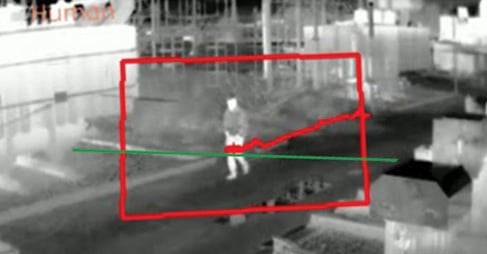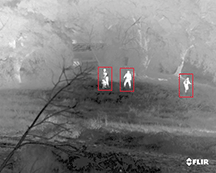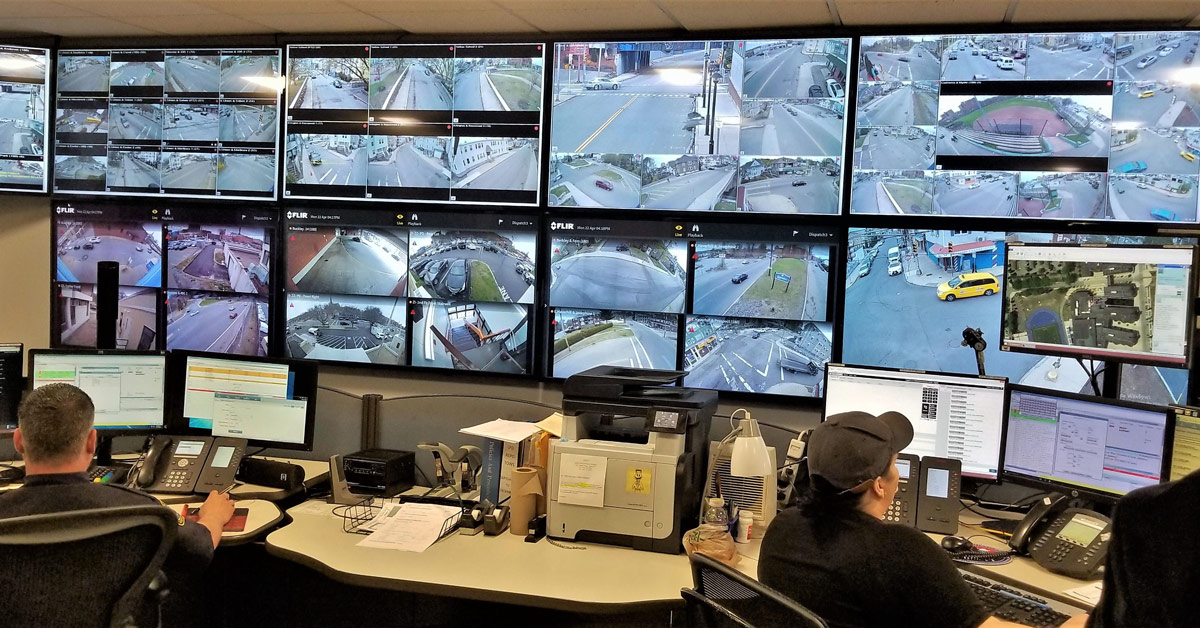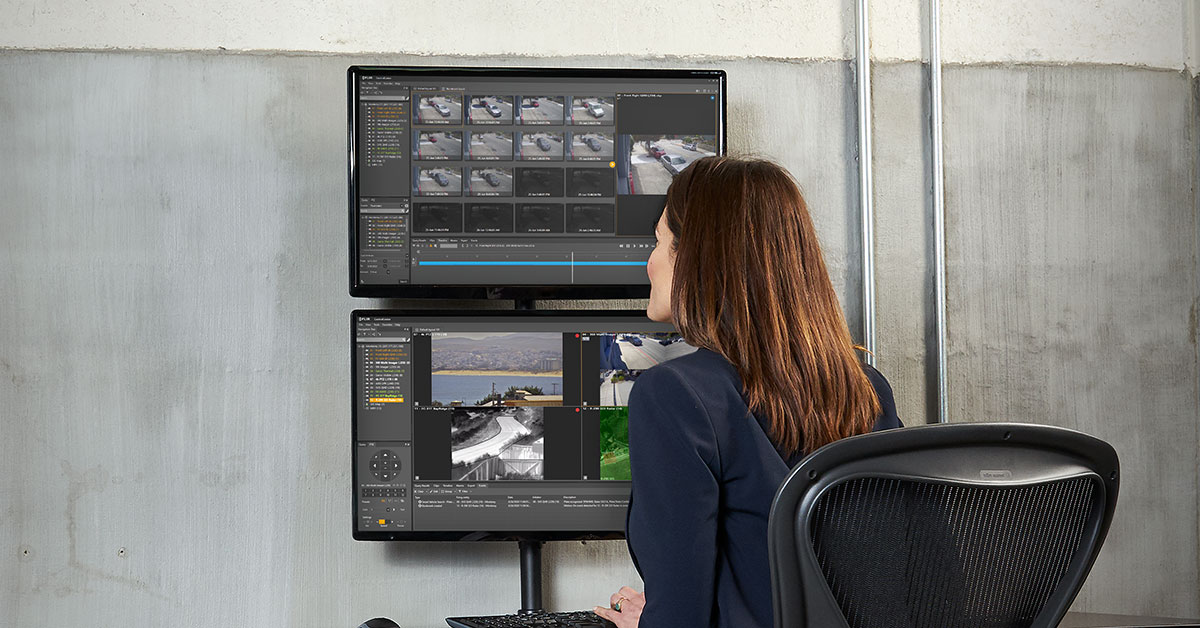Video Analytics On the Rise

Video analytics have evolved significantly over the past decade, becoming more robust with a growing number of capabilities. Although FLIR Systems is a manufacturer of intelligent camera solutions across many different sectors and industries, the company’s true video analytics flagship remains perimeter protection.
Perimeter security

FLIR's thermal cameras deliver unique performance benefits that allow video analytics to work much better for perimeter intrusion detection. Thermal cameras work day and night, and need no lighting to create an image. FLIR’s dedicated video analytics for have matured in such a way that they provide highly reliable intrusion detection, with fewer false alarms and missed targets. Critical infrastructures like nuclear power plants, bridges, production facilities, and telecommunications facilities all require continuous video security monitoring. For these applications, thermal cameras are the hardest intrusion detection technology for adversaries to defeat. However, only a small portion of integrators leverage the capabilities of thermal cameras to address the concerns common among enterprise-class and small to medium-sized business end-users. It is clear that there is a huge opportunity for integrators of all sizes, in all market, to utilize the strength of thermal imaging.
Success factors
While using video analytics for perimeter security isn't prevalent in enterprise applications, there are distinct factors that can make this technology ideal. First of all, the ease of set-up and use are some of the most critical drivers for video analytics. For many years, video analytics were challenging to set up, often had to be commissioned by the manufacturer, and needed frequent adjustments. These factors made it hard for video analytics to be deployed. Today, however, some of the newest systems require minimal set-up and deliver very high-quality results for business or surveillance purposes.
Some of the most exciting developments revolve around the enhanced presentation of data for both immediate action and more detailed analysis. For example, the use of advanced event detection on cameras, together with cloud processing and presentation (see FLIR RapidRecap) leverages traditional analytics on the edge with video analytics functions in the cloud. It then presents data in a very simple format that saves users from the tedious task of reviewing hours of video. Users can now literally view a day’s worth of footage in minutes.
Looking into the future
Based on today’s trend, it is likely that future innovations with video analytics will involve cloud-based infrastructures. The security cameras will connect either directly or through a centralized gateway to the cloud. Cloud-based architectures overcome fundamental camera limitations because they provide endless computational resources, along with an appropriate platform to manage continuous software updates and modifications. This will also enable camera manufacturers to deploy traditional vision-based applications - such as license plate reading, face detection and recognition - on standard surveillance cameras, allowing them to run these applications in parallel to serve as "general purpose" security cameras.


